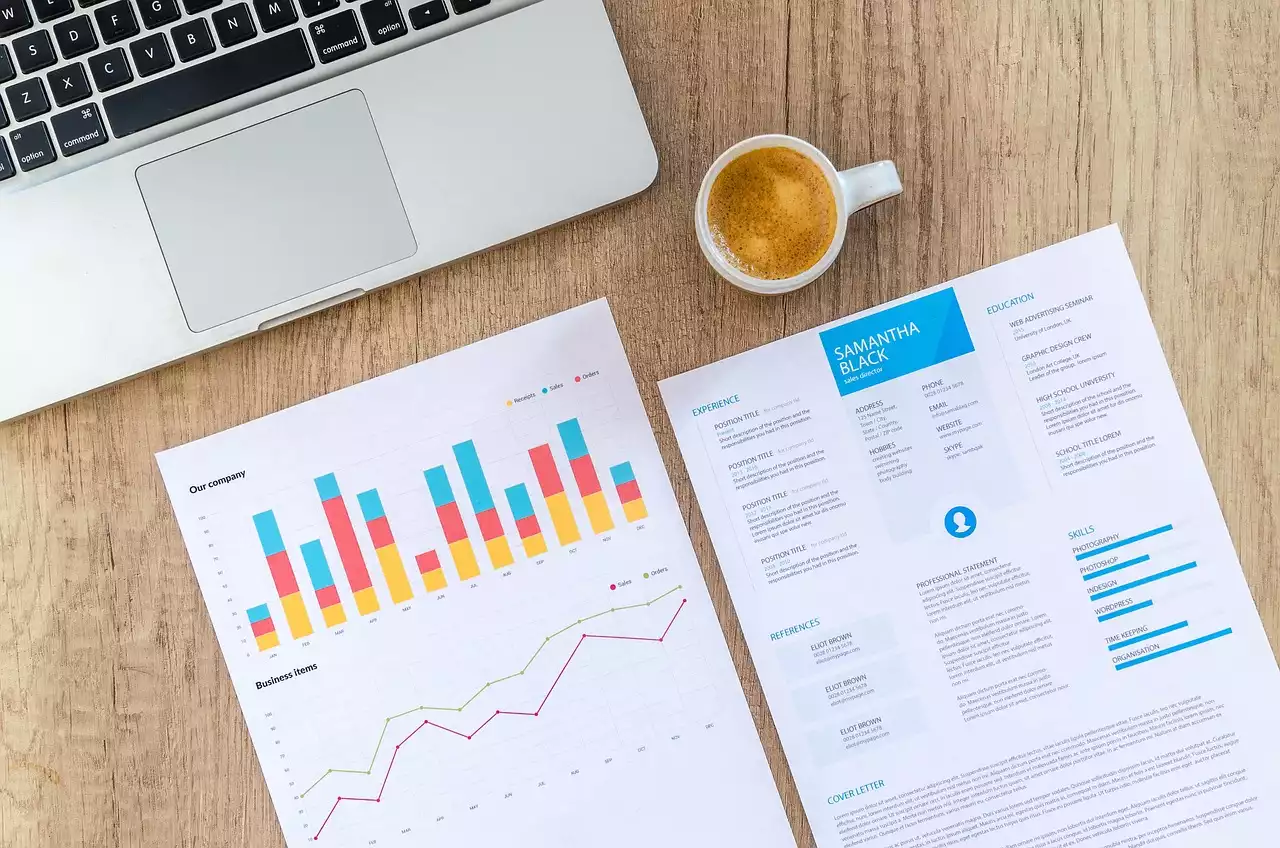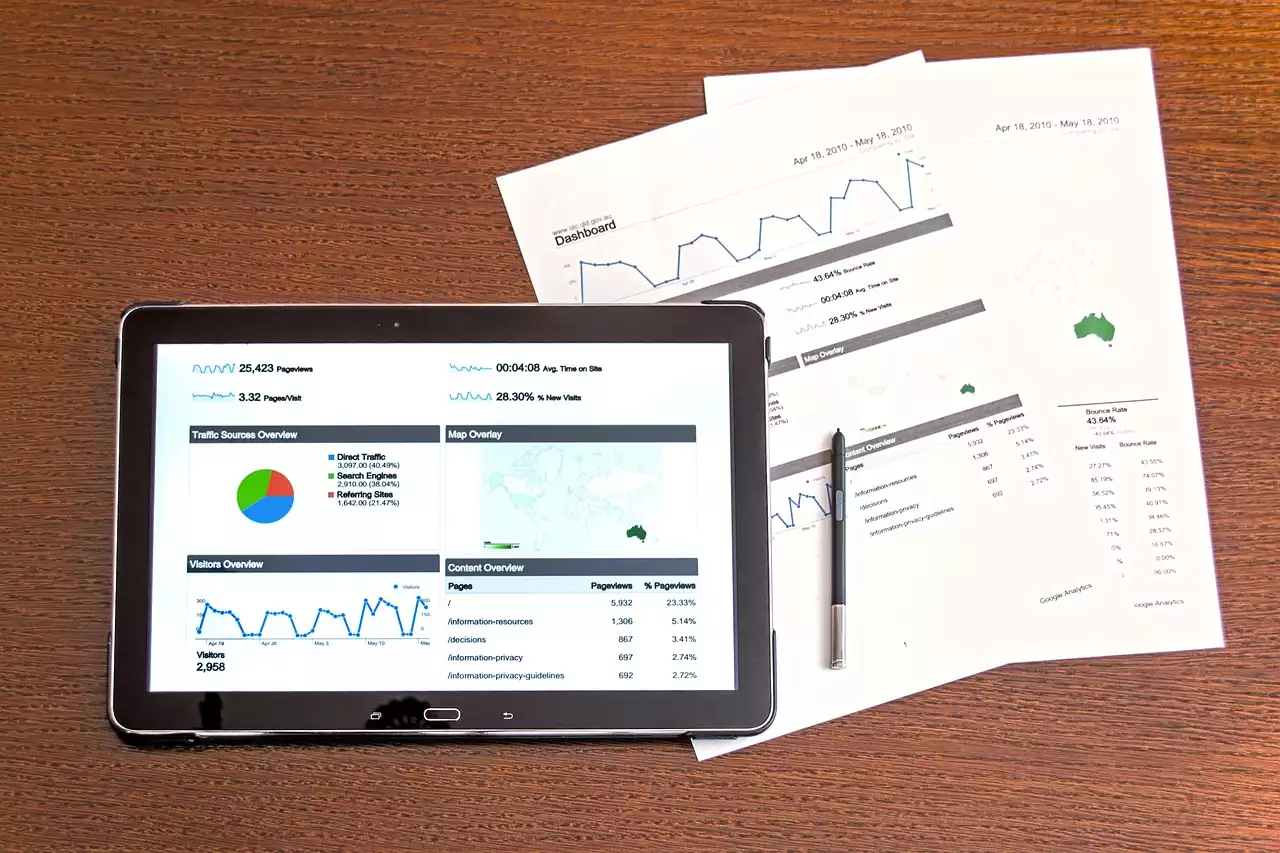Why AI is important for competitive analysis
AI has become an essential tool for businesses looking to gain a competitive edge. Unlike traditional market research methods that rely on manual data collection and analysis, AI-powered tools and software can quickly and easily gather and interpret vast amounts of data from various sources. This data can include everything from social media trends and website traffic to pricing strategies and customer reviews. AI can analyze this data to identify patterns, trends, and insights that would be difficult, if not impossible, to detect manually.
Moreover, AI-powered tools can provide businesses with real-time updates on their competitors' activities. This is crucial in today's fast-paced business environment, where a competitor's strategy can change in a matter of hours. By using AI for competitive analysis, businesses can stay ahead of the curve, make informed decisions, and adapt quickly to changes in the market.
Benefits of using AI for competitive analysis
There are several benefits to using AI for competitive analysis. First and foremost, AI-powered tools can provide businesses with a wealth of data that would be difficult to gather manually. This data can include everything from customer behaviors and preferences to market trends and competitive strategies. By analyzing this data, businesses can gain valuable insights into their competitors' activities and adjust their own strategies accordingly.
Second, AI can analyze data much faster and more accurately than humans. This means that businesses can receive real-time updates on their competitors' activities, which is essential in today's fast-paced business environment. Moreover, AI can identify patterns and trends that would be difficult for humans to detect, providing businesses with a more comprehensive understanding of their competitors' strategies.
Finally, AI can help businesses save time and money. Traditional market research methods can be time-consuming and expensive, requiring businesses to hire external agencies or conduct their own research. AI-powered tools and software can automate many of these tasks, saving businesses both time and money.
Types of AI Tools for competitive analysis
There are several types of AI tools and software that businesses can use for competitive analysis. The most common types include:
Natural Language Processing (NLP)
NLP is a branch of AI that focuses on analyzing and understanding human language. NLP-powered tools can analyze customer reviews, social media posts, and other forms of customer feedback to identify trends and insights.
Machine Learning
Machine learning is a type of AI that allows machines to learn from data without being explicitly programmed. Machine learning-powered tools can analyze vast amounts of data to identify patterns and trends.
Predictive Analytics
Predictive analytics is a type of AI that uses statistical algorithms to analyze data and make predictions about future events. Predictive analytics-powered tools can help businesses predict customer behaviors, market trends, and other key metrics.
Computer Vision
Computer vision is a branch of AI that focuses on analyzing and interpreting visual data, such as images and videos. Computer vision-powered tools can analyze images and videos to identify trends and insights.
How Computer Vision Works
Examples of companies using AI for competitive analysis
Many companies across various industries are already using AI for competitive analysis. For example, Amazon uses AI-powered tools to monitor its competitors' pricing strategies and adjust its own prices accordingly. The company also uses AI to analyze customer data and make personalized product recommendations.
Similarly, Coca-Cola uses AI-powered tools to analyze social media trends and customer feedback to improve its marketing campaigns. The company also uses AI to analyze market trends and adjust its product offerings accordingly.
How to integrate AI into your competitive analysis strategy
Integrating AI into your competitive analysis strategy can be a complex process, but it's essential for businesses looking to gain a competitive edge. Here are some steps you can take to integrate AI into your competitive analysis strategy:
Identify your goals
Before integrating AI into your competitive analysis strategy, you need to identify your goals. What do you want to achieve through competitive analysis? What metrics do you want to track? Answering these questions will help you determine which AI-powered tools and software to use.
Choose the right tools
Once you've identified your goals, you need to choose the right tools. There are many AI-powered tools and software available, each with their own strengths and weaknesses. Choose the tools that best align with your goals and business needs.
Gather and analyze data
After choosing the right tools, you need to gather and analyze data. This can include everything from customer feedback and social media trends to website traffic and pricing strategies. Analyze this data to identify patterns, trends, and insights.
Adjust your strategies
Finally, use the insights gained from AI-powered tools to adjust your strategies accordingly. For example, if AI reveals that a competitor is offering a lower price for a similar product, consider adjusting your own pricing strategy. Or, if AI reveals that customers are looking for a specific feature, consider adding that feature to your product.
Challenges of using AI for competitive analysis
Using AI for competitive analysis is not without its challenges. One of the biggest challenges is data quality. AI-powered tools and software rely on accurate and comprehensive data to provide meaningful insights. If the data is incomplete or inaccurate, the insights gained from AI may be flawed.
Another challenge is the complexity of AI-powered tools and software. Many businesses may not have the technical expertise to use these tools effectively. This can lead to incorrect data analysis and flawed insights.
Finally, there is the issue of data privacy. AI-powered tools and software may collect and analyze sensitive customer data, raising concerns about data privacy and security.
Best practices for using AI in competitive analysis
To effectively use AI for competitive analysis, businesses should follow these best practices:
Ensure data quality
Ensure that the data used by AI-powered tools and software is accurate and comprehensive. This can be achieved by using reliable data sources and performing regular data audits.
Invest in training
Invest in training to ensure that your team has the technical expertise to use AI-powered tools and software effectively. This can include training on data analysis, machine learning, and other AI-related topics.
Prioritize data privacy
Ensure that the use of AI-powered tools and software complies with data privacy regulations. This can include anonymizing data and implementing strict data security measures.
Continuously evaluate performance
Continuously evaluate the performance of AI-powered tools and software to ensure that they are providing accurate and meaningful insights. This can include regular data audits and performance reviews.
Future of AI in competitive analysis
The future of AI in competitive analysis looks bright. As AI technology continues to evolve, we can expect to see even more powerful and sophisticated tools and software. These tools will be able to gather and analyze even larger amounts of data, providing businesses with even more insights into their competitors' activities.
Moreover, AI will become more accessible to businesses of all sizes. As AI-powered tools become more user-friendly and affordable, even small businesses will be able to harness the power of AI for competitive analysis.









